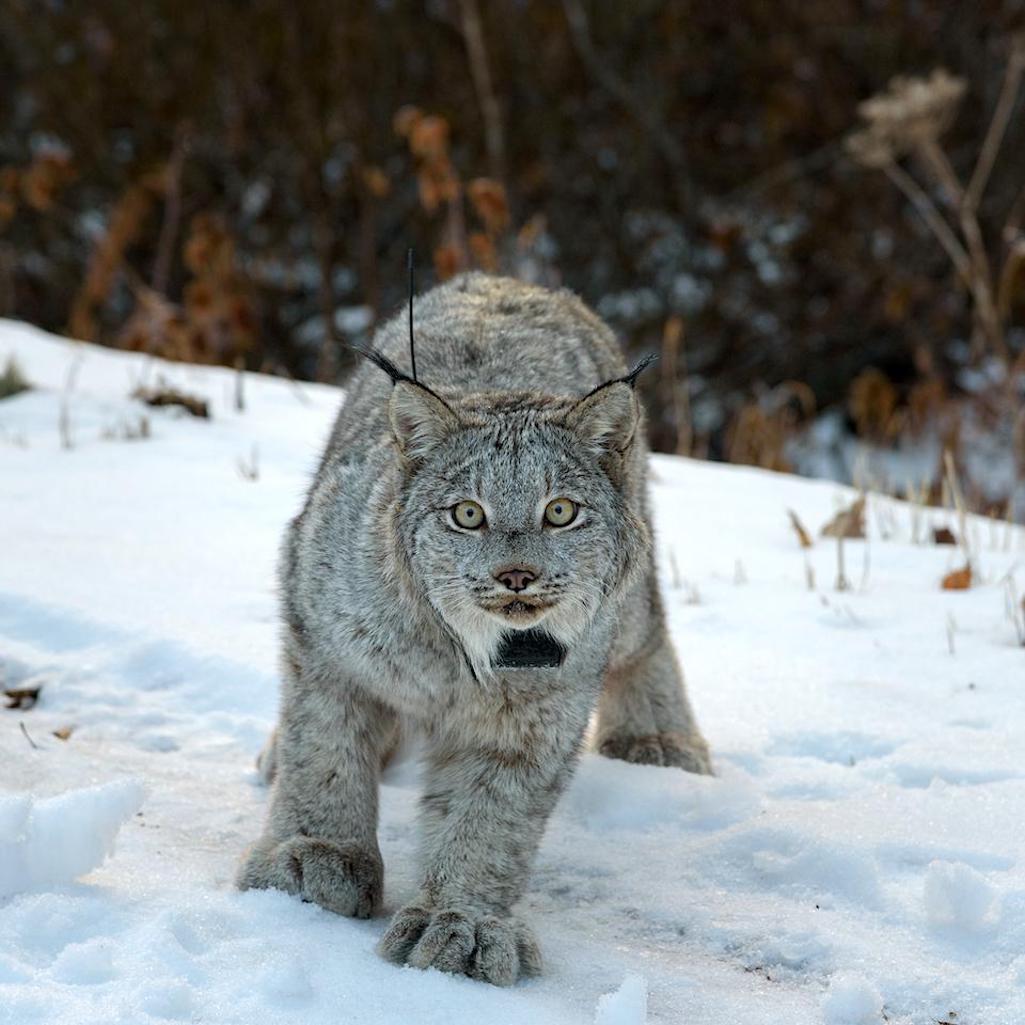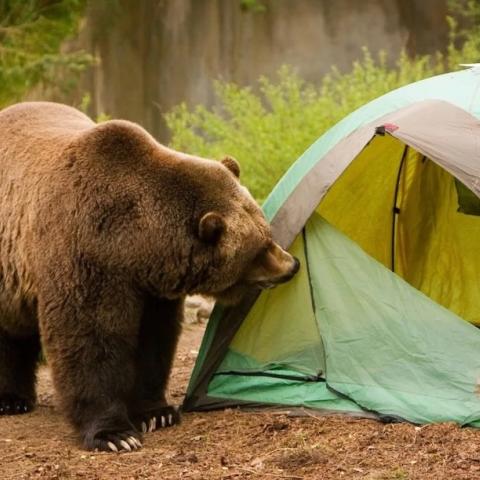
The U.S. Fish and Wildlife Service is seeking public input on a draft recovery plan for Canada lynx/USFWS
A draft recovery plan has been developed for the Canada lynx in the United States, although the U.S. Fish and Wildlife Service acknowledges that continued climate warming could hamstring the effort.
The goal is to see five of six areas of the United States with sustainable lynx populations ranging from at least 75 individuals in the Northern Cascade Range to at least 400 in the Northeast (northern Maine and northeastern New Hampshire). There also are target populations of 100 in the Midwest (northeastern Minnesota), 200 in the Northern Rockies (Glacier National Park, adjacent areas of Montana, and northern Idaho), and 100 in the Southern Rockies (southwestern Colorado).
The sixth area encompasses the Greater Yellowstone Ecosystem, including Yellowstone and Grand Teton national parks. However, biologists are not sure that region historically supported a small population of the cats and does not currently support a breeding population and so doesn't have a lynx recovery goal.
According to the Fish and Wildlife Service, the "mid-sized boreal forest carnivore" occurs across most of northern North America, but in "the contiguous United States, Canada lynx were designated as a distinct population segment and listed as threatened under the Endangered Species Act in 2000."
Small in size, between 15 and 30 pounds, lynx have distinctive tufts on the top of their ears and large, fur-covered feet and powerful hind legs that allow them to chase down snowshoe hares, their primary prey, in the snow, the Fish and Wildlife Service notes in its profile of the predator.
The hare plays a key role in the life cycle of lynx, as its their primary prey, and when "hares are abundant, lynx have higher pregnancy rates and larger litter sizes, higher kitten survival, and lower adult mortality, resulting in rapid population growth during the increase phase of the hare."
The Fish and Wildlife Service is seeking public input on the recovery plan through January 30. Comments can be emailed to [email protected].
In 2000, the Canada lynx DPS was designated as threatened under the Endangered Species Act mainly due to insufficient regulations and protections. The Service and conservation partners at state and federal agencies have made progress in creating science-based conservation measures to address these issues. Currently, the primary obstacle to the long-term conservation of this species in the United States is the projected impacts of global climate warming on boreal forest habitats and the species depending on them, including lynx and snowshoe hares.
Early this year researchers announced that Glacier National Park, famous for its mountain goats and grizzly bears, holds a surprising number of Canada lynx and could prove to be a climate refugia for the cats, according to researchers.
"Glacier National Park is one of the few, large, protected areas located within Canada lynx range in the contiguous United States, and therefore a potentially important lynx stronghold within the Northern Rockies lynx recovery unit," noted researchers from Washington State University who used remote sensing cameras to document the cats from 2018-2021.
While the roughly 50 lynx in the national park in northern Montana hard against the Canadian border represent a less dense population than that found farther north in Canada, the researchers nevertheless concluded that "park-wide abundance was substantial for this threatened predator. Based on our results, we propose that GNP should be considered as a potentially important area for lynx habitat refugia in a warming climate."
Recovery plans are non-regulatory documents required by the ESA that serve as a road map toward ensuring a species’ long-term survival in the wild. Recovery plans outline site-specific management actions that contribute to species recovery, describe the time and cost estimates for implementing those actions, and outline measurable criteria for delisting.
The draft recovery plan and its associated documents, including the notice of availability, species status assessment report, and recovery implementation strategy, can be found at https://ecos.fws.gov/ecp/species/3652. For more information about recovery plans, please visit https://www.fws.gov/program/recovery/recovery-plans




 Support Essential Coverage of Essential Places
Support Essential Coverage of Essential Places







Comments
And yet, trapping of cats- Bobcat & Lynx- & trophy hunting of Mountain Lions with high-tech gadetry & hounding dogs- is still legal. We must protect our apex predators if we wish to have a balanced ecosystem.